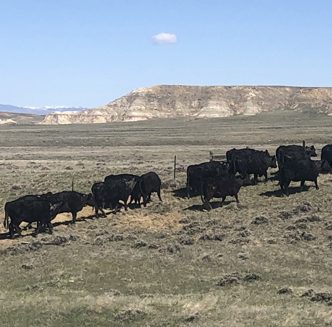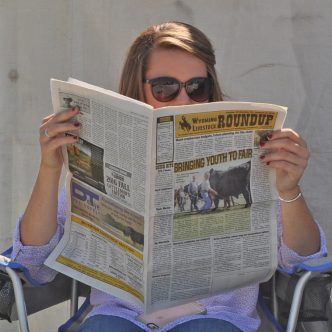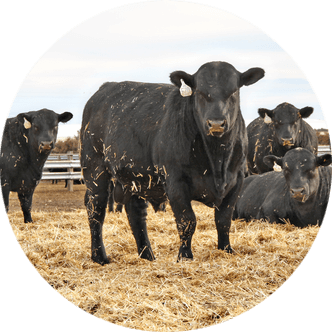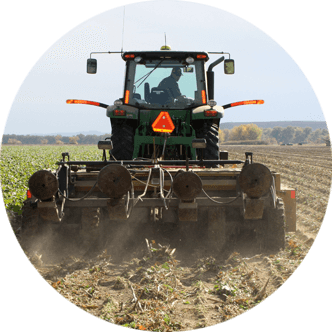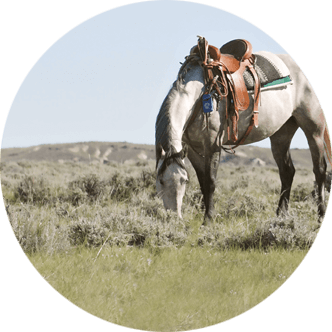Wyoming wind projects cause rifts in communities
Two potential wind projects slated to place turbines on state and private property in eastern Wyoming are causing division in small communities.
In April, the State Board of Land Commissioners approved the application for wind energy leases on four-to-one votes, with Secretary of State Chuck Gray casting the dissenting vote.
Following this vote, a Glenrock-area rancher filed litigation against the board. Public meetings are highlighting the chasm between the potential for increased revenue and environmental and viewshed concerns.
Wind projects in Wyoming
Both projects are proposed by Acciona, a Nordex shareholder based in Spain, and Nordex Green Hydrogen, a turbine manufacturer, which together make up Acciona and Nordex Green Hydrogen (ANGH) based in Chicago.
This company is working in cooperation with Focus Clean Energy, which has developed over 1,700 megawatts (MW) of wind projects in Wyoming including Boswell Springs, with current projects – Two Rivers and Lucky Star – under construction in Albany County.
The Sidewinder H2 wind farm is planned about 10 miles west of Lusk on 120,110 acres, of which 23,290, or 19.4 percent, is state land.
Expected to use 352 MW of energy sited on state trust land, subject to state approval, Sidewinder H2 would create 201 permanent jobs and represents a $7 billion investment. It would be estimated to produce 1,000 MW of wind energy.
Pronghorn H2 is planned to place 45 turbines east of Casper over 46,000 acres, with 30 percent of the area state-owned land. This project would include a capacity of up to 110 MW of electricity and be about one-third the size of the Sidewinder H2 project.
It’s estimated this project would generate $365,750 for the state annually and $31.5 million over the course of the 40-year lease.
Office of State Lands and Investment (OSLI) Assistant Director of the Trust Management Division Cody Booth said last month wind projects in the state currently generate $1.2 million in annual revenue for Wyoming.
Hydrogen plant
Booth said unlike other wind leases, the power produced is expected to support a hydrogen plant, rather than entering the grid. Hydrogen produced by the plant, which isn’t located on state land, will be synthesized into aviation fuel and transported to Denver International Airport.
The rates, he said, were negotiated in accordance with this expectation.
Once producing power, the lease will be charged $4,750 per MW hour of nameplate capacity.
The Pronghorn H2 project is expected to place 14 turbines on state lands specifically.
According to Booth, the turbines are expected to have a capacity of five MW hours, making the annual revenue approximately $365,750.
For perspective, he said the current active wind leases generate $1.5 million in revenue.
The Wyoming Game and Fish Department has reviewed the project, and Booth said Pronghorn H2 intends to abide by them.
Since February, Booth said OSLI has received approximately 21 written comments, “the vast majority” of which express opposition to the project. The primary concerns cite impacts to recreation, water resources, wildlife, environmental, viewshed disruption and decreased home value.
Booth said the comments about water usage were primarily in reference to the hydrogen plant itself, which will not be built on state trust land.
Boulder, Colo.-based Paul Martin, lead developer and counsel, along with Holland and Hart’s Cindy DeLancey, addressed the OSLI board at the April 3 meeting and asked the proposal be approved.
Gray, a member of the OSLI board, asked Martin about the existing market demand to go through the hydrogen process to produce aviation fuel.
Martin said the hydrogen-based fuel would be sold to airlines on a voluntary basis based on the airline customers’ – primarily businesses who wish to tell their customers they’re working to reduce their carbon footprint – requests to lessen the carbon footprint of air travelers.
“It’s not driven by an economic purpose,” Gray said. “It’s driven by this group who wants to go along with this woke, bogus narrative about climate change, and they want to be able to advertise something that’s going to make them look good in their minds.”
Gray said the project isn’t “creating any economic benefit.”
State Treasurer Curt Meier disagreed, claiming the economic benefit to Niobrara County is a doubling of tax revenues.
Gray retorted, arguing, rather than taking a resource to create wealth, the resources are being used to comply with a political narrative outside of what is mainstream in Wyoming.
Martin said there are three grazing leaseholders within the footprint of the project and turbines are planned on only one. This leaseholder is the only private landowner in Converse County whose land is included in the footprint of the project.
The Duncan Ranch was initially included in the footprint of the Sidewinder H2 project, but has since been removed.
Converse County Rancher Mike Stephens’ land borders the Pronghorn H2 wind project planned near Glenrock and has filed a lawsuit against the OSLI board, alleging they failed to follow proper procedures when it approved a lease on a vote of four to one in April.
Rachel Gabel is a longtime agriculture writer and the assistant editor of The Fence PostMagazine. This column was originally published in The Fence Post on June 6.

